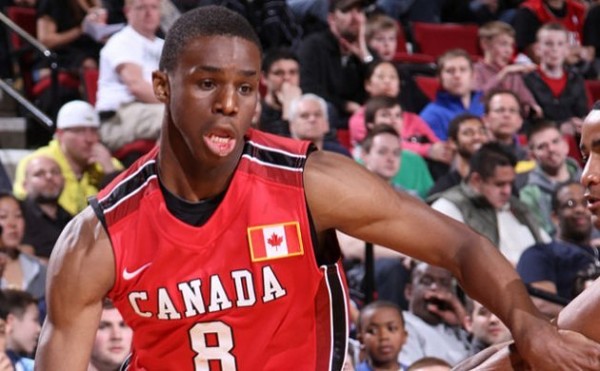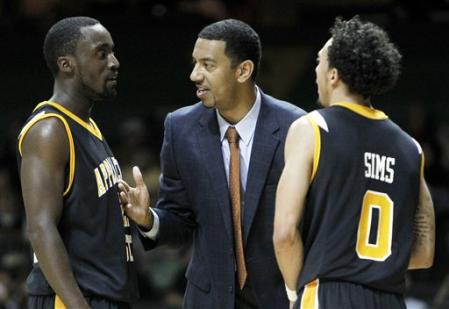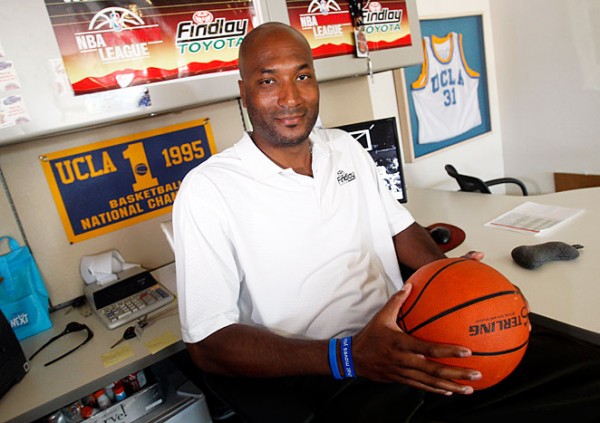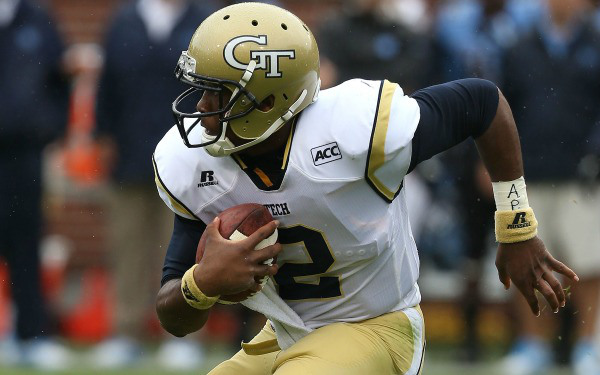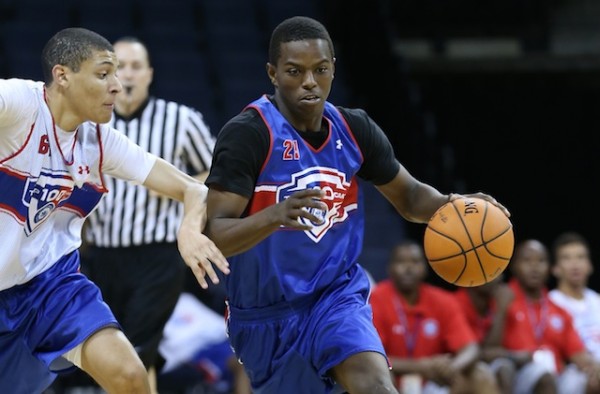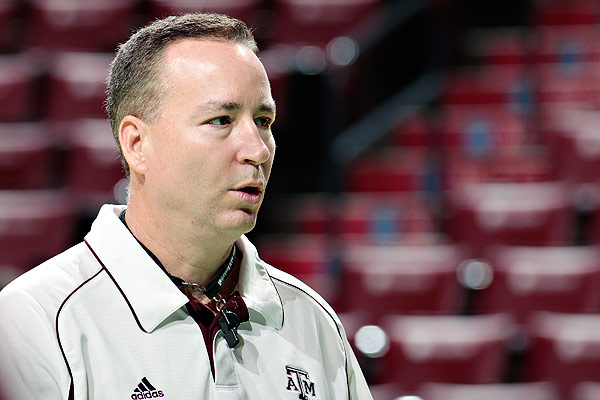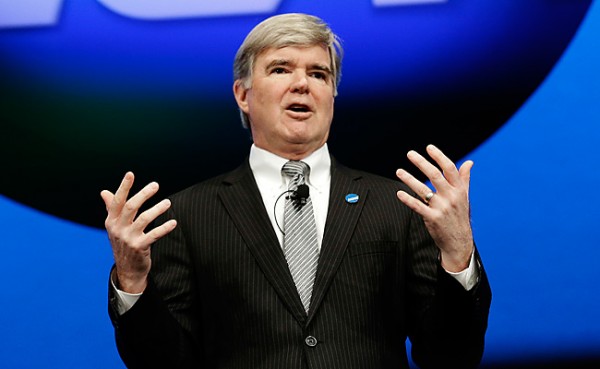20 Questions: Can Michigan Remain Great Without Trey Burke?
Posted by Chris Johnson on October 18th, 2013Throughout the preseason, RTC national columnists will answer the 20 most compelling questions heading into the 2013-14 season. Previous columns in this year’s series are located here.
Replacing Trey Burke will be hard. Michigan fans have no doubt heard this statement plenty of times since the Wolverines’ exhilarating national championship game run ended in Atlanta last April, and they’re going to hear it a few more times before the season tips off in three weeks. Not only was Burke the best player on his own team, he was, according to most national award voters, the best player in the country. It is impossible to replace a player that good, that impactful, in the span of one offseason; all Michigan can hope to do is to mitigate his departure. But before we get into how the Wolverines will attempt to recreate Burke’s production, let’s have a statistical look back at his incredible 2012-13 season. While playing 87.5 percent of Michigan’s available minutes, Burke posted an offensive rating of 121.2 (52nd in the country), assisted on 37.3 percent of his team’s buckets (23rd) and used up 29 percent of available possessions (66th). All of which translates thusly: Burke played a lot, scored a lot, had a lot of assists, and did all of it efficiently.
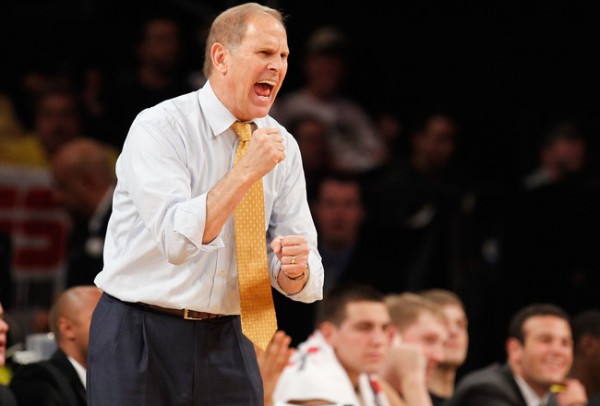
The Wolverines should adjust to life without Burke while maintaining their status as a top-tier BIg Ten outfit (Getty Images).
There is no Michigan player capable of replicating that statistical profile – which ranked second in Ken Pomeroy’s final player of the year standings, behind (believe it or not) Louisville guard Russ Smith. That’s fine, because the Wolverines don’t need an All-American point guard to remain one of the best teams in the Big Ten. They have plenty of firepower returning at other spots. For a few weeks after the season, as the NBA Draft loomed and several Michigan players – including Mitch McGary and Glenn Robinson III, both in position to parlay the momentum of standout March performances into likely first-round selections – debated leaving school, it appeared as if John Beilein might need to hunker down for a bit of a rebuild. Then Robinson and McGary announced their respective returns, and the repercussions of Burke’s departure didn’t feel quite as drastic. That duo’s decision ensured Michigan would stay relevant in what’s almost sure to be another brutal Big Ten. The matter of replacing Burke, of course, can’t be addressed by Robinson or McGary, nor does Michigan have a star point guard waiting in the wings, another surefire first-round pick capable of reprising Burke’s ridiculous production from last season.






























